OnePlus Nord 5G vs Galaxy A71 5G vs iPhone SE: specs comparison
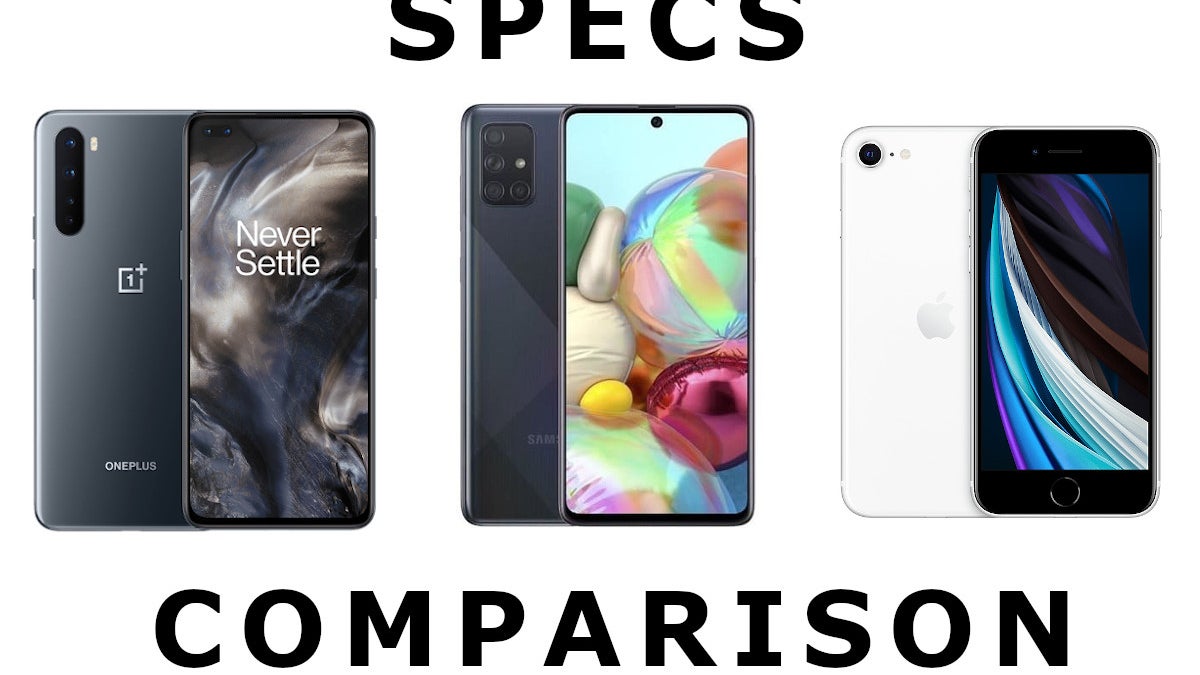
Now that the OnePlus Nord is finally official, it's time to see how it stacks against some other comparable phones.
We chose the Samsung Galaxy A71 5G since in the States it's using the same chip, and the iPhone SE because, well, it's the closest phone Apple has to offer right now price-wise.
Obviously, with an iOS device in the mix, the comparison becomes less apples to apples and more apples to oranges, but still, it's worth noting what you're getting for your money.
In Europe, where the OnePlus Nord is destined for, the phone starts at 399 Euro (about $460), while Apple sells the iPhone SE for 467 Euro (about $540).
That being said, let's delve into the specs sheets of the three phones and see what's what.
|
|
|
|
| OnePlus Nord | Samsung Galaxy A71 5G | Apple iPhone SE (2020) |
| Size | ||
|---|---|---|
| 6.4-inch, 86.20% screen-to-body | 6.7-inch, 88.38% screen-to-body | 4.7-inch, 65.34% screen-to-body |
| Type | ||
| AMOLED, 90Hz, HDR | Super AMOLED Plus, 60Hz | IPS LCD, 625 nits |
| Resolution | ||
| 2400x1080px, 20:9 ratio, 409 PPI | 2400x1080px, 20:9 ratio, 393 PPI | 1334x750px, 16:9 ratio, 326 PPI |
| Protection | ||
| Corning Gorilla Glass 5 | Corning Gorilla Glass 3 | |
| Features | ||
| Oleophobic coating | ||
| System chip | ||
|---|---|---|
| Snapdragon 765G SM7250-AB (7 nm) | Snapdragon 765 SM7250-AA (7 nm) | Apple A13 Bionic APL1W85 (7 nm) |
| Processor | ||
| Octa-core 2400 MHz Kryo 475 |
Octa-core 1x2.3GHz Kryo 475 1x2.2GHz Kryo 475 6x1.8GHz Kryo 475 |
Hexa-core Lightning and Thunde |
| GPU | ||
| Adreno 620 | Adreno 620 | Apple-designed 4 core |
| Memory | ||
| 8GB (LPDDR4)/128GB (UFS 2.1) 12GB/256GB |
6GB (LPDDR4)/128GB (UFS 2.1) | 3GB (LPDDR4)/64GB 3GB/128GB 3GB/256GB |
| Storage expansion | ||
| not expandable | microSDXC up to 1000 GB | not expandable |
| OS | ||
| Android (10) | Android (12, 11, 10) | iOS (15.x, 14.x, 13.x) |
| Type | ||
|---|---|---|
| 4115 mAh, Li - Polymer | 4500 mAh, Li - Polymer | 1821 mAh, Li - Ion |
| Charging | ||
| OnePlus Warp Charge | Fast charging | USB Power Delivery Qi wireless charging |
| Charge speed | ||
| Wired: 30.0W | Wired: 25.0W | |
| Rear | ||
|---|---|---|
| Quad camera | Quad camera | Single camera |
| Main camera | ||
| 48 MP (OIS, PDAF) Aperture size: F1.8 Focal length: 26 mm Sensor size: 1/2" Pixel size: 0.8 μm | 64 MP (PDAF) Aperture size: F1.8 Focal length: 26 mm Sensor size: 1/1.7" Pixel size: 0.8 μm | 12 MP (Sapphire crystal lens cover, OIS, PDAF, CMOS image sensor, BSI sensor) Aperture size: F1.8 Focal length: 28 mm Sensor size: 1/3" Pixel size: 1.22 μm |
| Second camera | ||
| 8 MP (Ultra-wide) Aperture size: F2.2 | 12 MP (Ultra-wide) Aperture size: F2.2 Focal Length: 12 mm |
|
| Third camera | ||
| 2 MP (Macro) Aperture size: F2.4 | 5 MP (Macro) Aperture size: F2.4 Focal Length: 25 mm Sensor size: 1/5" Pixel size: 1.12 μm |
|
| Fourth camera | ||
| 5 MP (Depth information) Aperture size: F2.4 |
5 MP (Depth information) Aperture size: F2.2 |
|
| Flash | ||
| Dual LED | LED | LED |
| Video recording | ||
| 4K UHD (30 fps), 1080p (240 fps) Time-lapse video, EIS | 4K UHD (30 fps), 1080p (240 fps), 720p (960 fps) Hyperlapse, EIS | 4K UHD (60 fps), 1080p (240 fps) OIS, Time-lapse video, Continuous autofocus |
| Front | ||
| 32 MP (Dual-Camera, EIS, HDR) Video capture: 4K UHD (30 fps) |
32 MP (HDR) Video capture: 1080p | 7 MP (EIS, HDR) Video capture: 1080p |
| Bluetooth | ||
|---|---|---|
| 5.1 | 5.0 | 5.0 |
| WLAN | ||
| a,b,g,n,ac,dual-band MIMO, Wi-Fi Direct, Hotspot 802.11 a, b, g, n, ac | a,b,g,n,ac,dual-band Wi-Fi Direct, Hotspot 802.11 a, b, g, n, ac | a,b,g,n,ac,Wi-Fi 6,dual-band MIMO, Hotspot 802.11 a, b, g, n, ac, ax |
| USB | ||
| Type-C, USB 2.0 | Type-C, USB 2.0 | Lightning |
| Sensors | ||
| Accelerometer, Gyroscope, Compass, Ambient light sensor, Proximity sensor | Accelerometer, Gyroscope, Compass, Hall (for flip covers), Ambient light sensor, Proximity sensor | Accelerometer, Gyroscope, Compass, Barometer, Ambient light sensor, Proximity sensor |
| Hearing aid compatible | ||
| M4/T3 | T4 | |
| Location | ||
| GPS, A-GPS, Glonass, Galileo, BeiDou, Dual-band positioning, Cell ID, Wi-Fi positioning | GPS, A-GPS, Glonass, Galileo, Cell ID, Wi-Fi positioning | GPS, A-GPS, Glonass, Galileo, Cell ID, Wi-Fi positioning |
| Other | ||
| NFC | NFC, ANT+ | NFC, UMA (Wi-Fi Calling) |
See the full
OnePlus Nord vs Samsung Galaxy A71 5G vs Apple iPhone SE (2020) specs comparison
or compare them to other phones using our
Phone Comparison tool
Where the OnePlus Nord wins
Display
While we haven't had the chance to take the display of the OnePlus Nord through our benchmarks, we're giving it the win because of the two OLED displays on the list, it has the one with the 90Hz refresh rate. We also like that it's a bit smaller than the Galaxy A71 which is pushing the boundaries of comfort hold.
Memory
8 is more than 6 and definitely more than 3, what else is there to say? Yes, iPhones need less RAM, sure, the difference doesn't reflect performance. But still, it never hurts to have more memory.
Fast charging
OnePlus goes its own way when it comes to fast charging, relying on high amperage rather than high volts. The Nord supports 30W charging, 5W more than that of the Galaxy A71, so we're giving it the edge in this category.
Selfie cameras
A whole other selfie camera! Unless the pictures from it are completely unacceptable, which is unlikely, having two cameras to choose from for your selfies makes the OnePlus Nord the clear winner.
Where the Samsung Galaxy A71 wins
Main cameras
The clear winner in this category will be revealed once samples from all phones have been compared, but hardware-wise, the Galaxy A71 gets the top spot. It has bigger main sensor, bigger ultra-wide sensor and bigger macro sensor. Sure, these days it's not all about the pixels, but that's still what most people unfamiliar with smartphone cameras use to make a judgement.
Battery life
Another category that needs testing before the final verdict. However, with its bigger battery and lack of 90Hz refresh-rate, the Galaxy A71 will likely last more on a single charge than the OnePlus Nord. And the iPhone SE? Well... let's just say it's not even close, even though it has a much smaller display.
Where the iPhone SE wins
Performance
Time for the iPhone SE to kick some butt. Apple's A13 Bionic SoC easily beats Qualcomm's Snapdragon 765G. How much of that performance you can make use of with the SE is another matter, but you do have it and it will make the phone run smoothly for years to come.
Wireless charging
Wireless charging is an undeniably useful feature that's often reserved for high-end phones but Apple has sneaked it into its budget phone. Well done. Not much else to say, the other phones just don't have it.
Compactness
That's not necessarily a plus for everyone, but it matters to many. The iPhone SE is small, easy to hold and reach all parts of the display and slips into pockets almost unnoticeably.
Appleness
This section encompasses many things. From the intangible like the iPhone factor to some quite important advantages. Things like software support that's twice or more longer than that of Android phones or the access to exclusive parts of the Apple ecosystem like the Apple Watch, for example. For some people, even if this was the only iPhone SE win, they'd still pick it over the OnePlus Nord and the Galaxy A71.
What about 5G?
That's a win the OnePlus Nord and the Galaxy A71 share. Unlike the iPhone SE, both other phones support 5G connectivity, which, as we're often told, is the future of wireless communication. And while it might not be as widespread right now, it's ramping up fast and soon it will be pretty much everywhere you go. And no matter how many software updates the iPhone SE gets, it can never get 5G.
Conclusion
While we don't have the hard data to prove it, the wins of the Galaxy A71 over the OnePlus Nord can be considered marginal. And although the OnePlus isn't exactly stomping it in the ground either. A decider between the two could be the software. While OnePlus's OxygenOS isn't as feature-packed as Samsung's One UI, it's much lighter and will make the OnePlus Nord feel snappier than the A71, especially after a year or so of use. In our eyes, the OnePlus Nord is the clear winner if you have access to both.
And what about if you're stuck choosing between the OnePlus Nord and the iPhone SE? Well, if you don't have any other Apple devices, it's a pretty easy choice: the OnePlus. But if you're in the Apple ecosystem with both feet, well, we doubt the Nord will be enough to pull you away. Still, worth considering.
Follow us on Google News

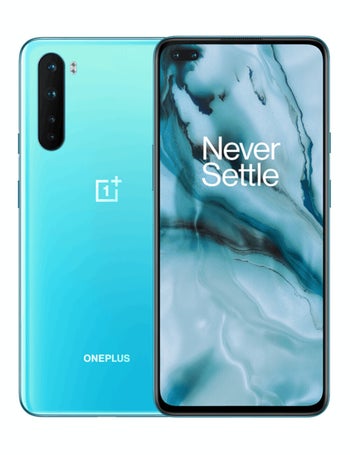
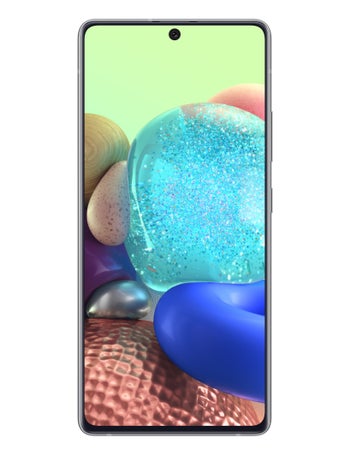
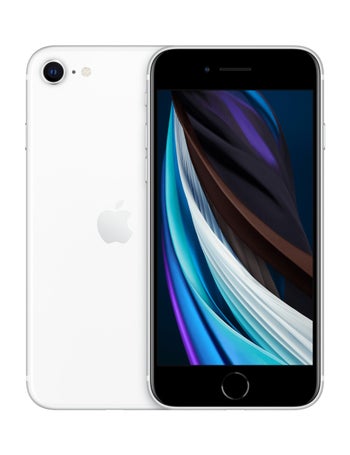




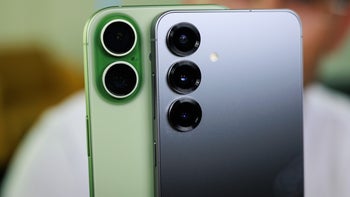
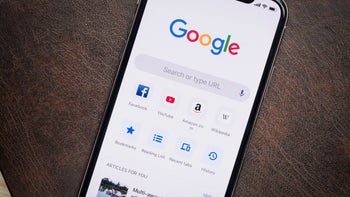

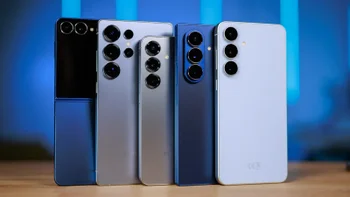
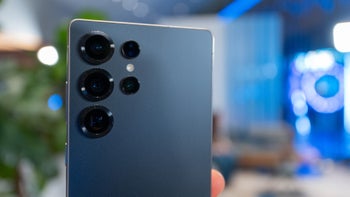
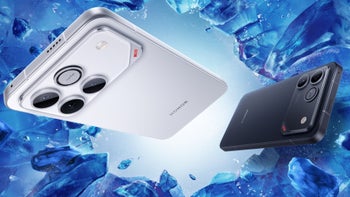

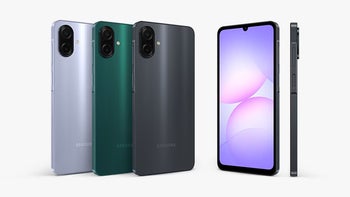

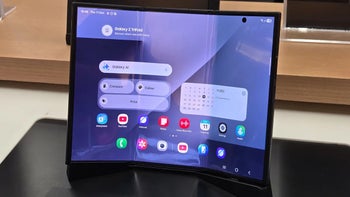
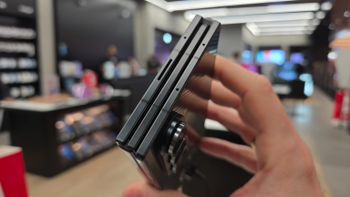
Things that are NOT allowed:
To help keep our community safe and free from spam, we apply temporary limits to newly created accounts: